Past performance is no guarantee of future results.
Products and services offered through F.N.B. Investment Advisors, Inc. are not FDIC insured; and are not insured by any Federal Government Agency, are not deposits or obligations of or guaranteed by First National Bank of Pennsylvania or its affiliates and may go down in value. The material has been extracted from various sources that F.N.B. Investment Advisors, Inc. believes reliable, but we cannot guarantee the accuracy or integrity of the material. This material is for your private information, and we are not soliciting any action based upon it. Any projections, market outlooks or estimates contained herein are forward-looking statements and are based upon certain assumptions. Other events that were not considered may occur and may significantly affect the returns or performance of these investments. Any projections, outlooks or assumptions should not be construed to be indicative of the actual events which will occur. These projections, market outlooks or estimates are subject to change without notice. Different types of investments involve varying degrees of risk, and there can be no assurance that the future performance of any specific investment, investment strategy, or product or any non-investment related content, made reference to directly or indirectly herein will be profitable, equal any corresponding indicated historical performance level(s), be suitable for your portfolio or individual situation, or prove successful. Due to various factors, including changing market conditions and/or applicable laws, the content may no longer be reflective of current opinions or positions. You should not assume that any discussion or information contained herein serves as the receipt of, or as a substitute for, personalized investment advice. To the extent that a reader has any questions regarding the applicability above to his/her individual situation of any specific issue discussed, he/she is encouraged to consult with their investment advisor. You can review your registered investment advisors or the investment advisory firm at the SEC's Investment Adviser Public Disclosure page -
http://www.adviserinfo.sec.gov/IAPD/Default.aspx
.
 - For your convenience, First National Bank (FNB) provides links to third party service providers. By clicking this link you agree to leave FNB’s website and will be routed to a third party site outside the control of FNB. FNB does not provide, and is not responsible for, the products, services, or overall website content available at a third-party site. FNB does not endorse or guarantee the product, information or service on any third party’s website. FNB’s privacy policy does not apply to the linked website; we encourage you to read and evaluate the privacy and security policies of the site you are entering.
- For your convenience, First National Bank (FNB) provides links to third party service providers. By clicking this link you agree to leave FNB’s website and will be routed to a third party site outside the control of FNB. FNB does not provide, and is not responsible for, the products, services, or overall website content available at a third-party site. FNB does not endorse or guarantee the product, information or service on any third party’s website. FNB’s privacy policy does not apply to the linked website; we encourage you to read and evaluate the privacy and security policies of the site you are entering.
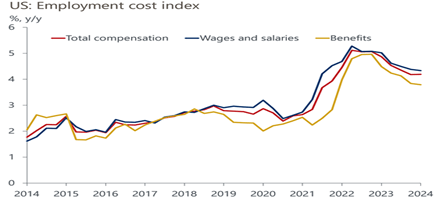
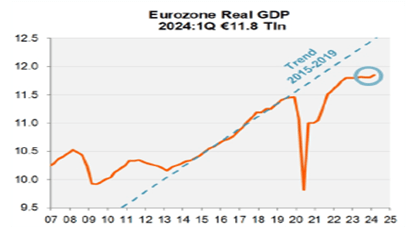
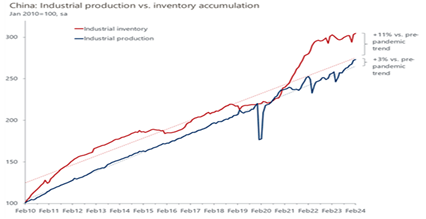

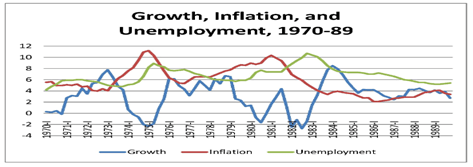
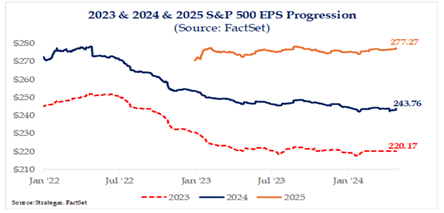
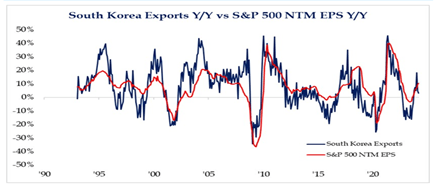
- For your convenience, First National Bank (FNB) provides links to third party service providers. By clicking this link you agree to leave FNB’s website and will be routed to a third party site outside the control of FNB. FNB does not provide, and is not responsible for, the products, services, or overall website content available at a third-party site. FNB does not endorse or guarantee the product, information or service on any third party’s website. FNB’s privacy policy does not apply to the linked website; we encourage you to read and evaluate the privacy and security policies of the site you are entering.
